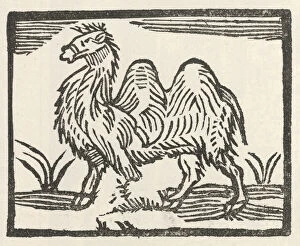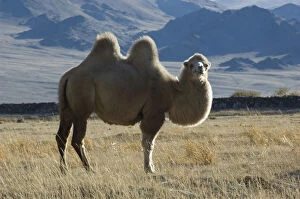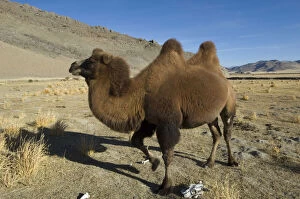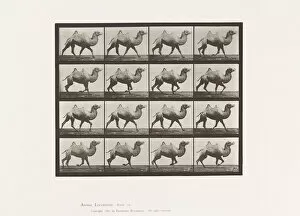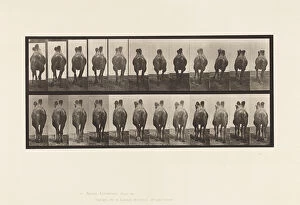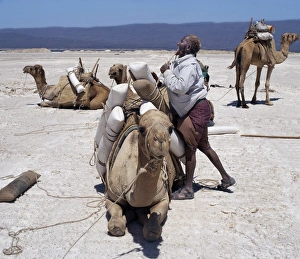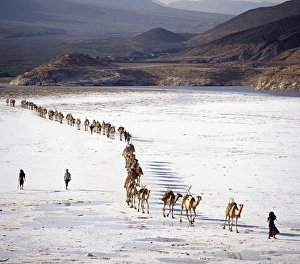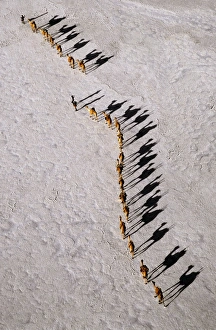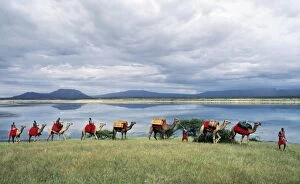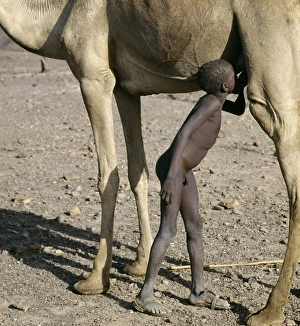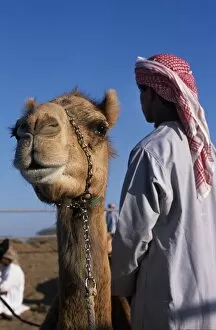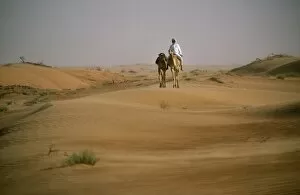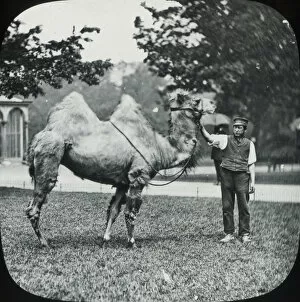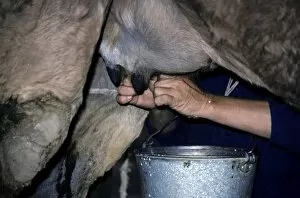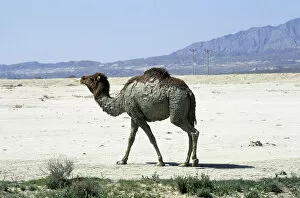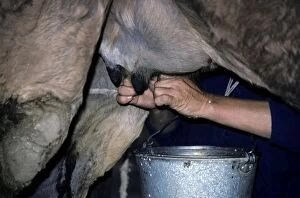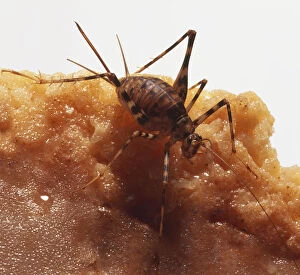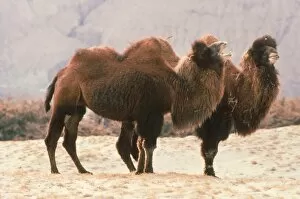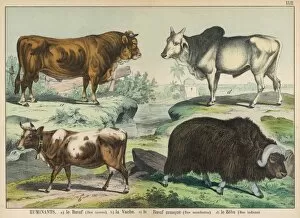Humped Collection
In the early 18th century, a novelty camel made its way into the hearts of many
All Professionally Made to Order for Quick Shipping
In the early 18th century, a novelty camel made its way into the hearts of many. This peculiar creature with its distinctive humps became a symbol of exoticism and adventure. Bedu riders gracefully traversed the sandy dunes of the desert atop their trusty camels, creating an awe-inspiring sight. Even in bustling London, people sought out the thrill of a camel ride at the famous zoo. Children giggled with delight as they experienced this unique mode of transportation, imagining themselves exploring far-off lands. But it wasn't just about riding these majestic creatures; it was also about admiring their beauty in nature. Humped meadows dotted with wafts of mist at sunrise created a picturesque scene reminiscent of paintings from another era. The Karwendel Range and Zugspitz-Massif provided a stunning backdrop for these serene landscapes. The fascination with humps extended beyond camels to other species as well. The Bactrian Camel, captured in an 1885 collotype on paper plate, showcased its three distinct humps that set it apart from its counterparts. Nature enthusiasts marveled at moths like the olive moth and turnip moth, whose wings displayed intricate patterns resembling humps or bumps. Muslin footman and oak eggar moths added to this diverse collection of winged wonders. Meanwhile, zebu or humped cattle roamed freely across fields and farms around the world. These magnificent beasts represented strength and resilience while reminding us of our connection to ancient civilizations that revered them. Whether it was through literature or artistry, humans have long been captivated by all things "humped. " From novels depicting daring adventures on camelback to scientific studies unraveling mysteries behind unique animal features - our curiosity knows no bounds when it comes to understanding these fascinating aspects of our natural world.

